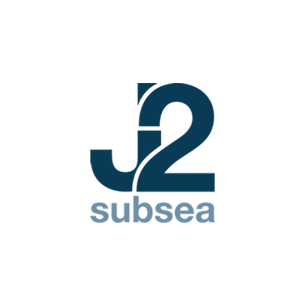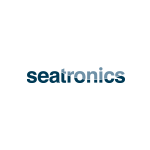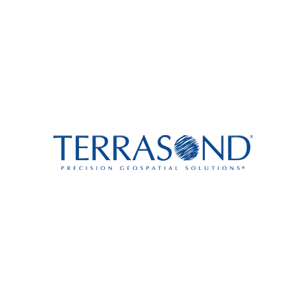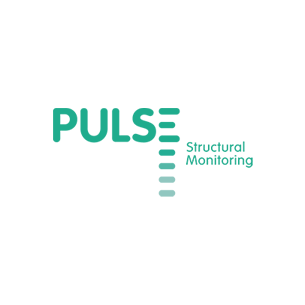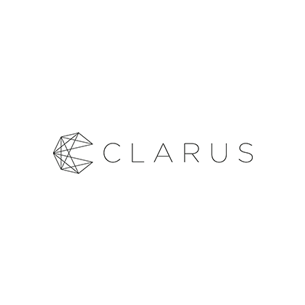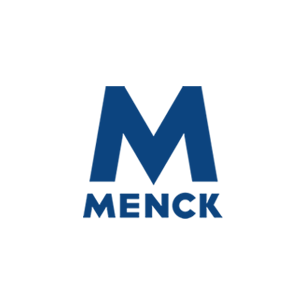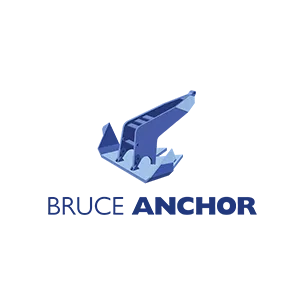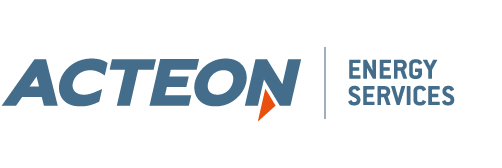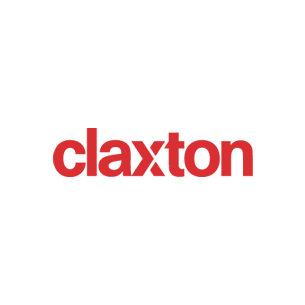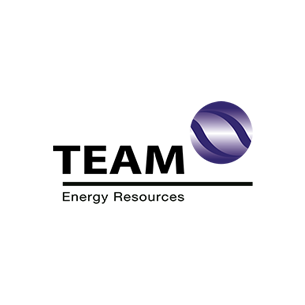PERMITTING IS PROGRESSING
Eight projects have reached the permitting stage. Much like others before them, projects face the typical regulatory delays. However, some good news came when the supplemental draft environmental report for the Vineyard Wind project was released a few weeks ago. The report was to analyse the cumulative impacts on fishing and coastal habitats of the proposed 84-turbine Vineyard Wind 1 project. Looking at several wind facility layouts, the report concluded that the project will have a moderate effect on commercial fishing and coastal habitats. After the 45-day comment period, BOEM is expected to decide by December 18. If approved, construction of the $2.8 billion project could begin in 2021.
RESEARCH AND DEVELOPMENT AND US-SPECIFIC SUPPLY CHAIN PLANNING ARE DEVELOPING
Research and development projects are set to move fast in the U.S. offshore wind sphere, as the U.S. National Offshore Wind Research and Development Consortium recently awarded $10 million to twelve projects selected for offshore wind research and development. The funding will support research in areas such as the U.S. offshore wind supply chain, offshore wind impact on the electric grid system, and innovations in anchoring structures.
As for the supply chain needed to deliver these projects, Thaaning Pedersen, CEO of Vineyard Wind, summarized the situation by saying that a new type of cooperation and partnering between European and American companies will be key to lower costs and innovative solutions adapted to the U.S. environment, regulations, and ways of working. He said, “the US offshore wind sector needs European-American joint ventures to succeed”.
FLOATING OFFSHORE WIND WILL PLAY AN IMPORTANT ROLE IN THE U.S. MARKET
After the initial fixed wind developments in the shallower East Coast areas, floating wind is set to soar. It is generally accepted that in water depth greater than 60m (about 200ft) floating wind systems are more cost-effective than fixed systems. The future of the US offshore wind industry will largely depend on these.

HARNESS THE POTENTIAL OF FLOATING WIND
At Acteon, we know that smart technology and innovation are the key to reduce projects footprints, risk and overall costs.
We leverage our profound, cross-disciplinary understanding and execution of design and engineering interactions across the project life cycle to come up with innovative and creative solutions to the most complex projects.

